There are many factors that lead up to the world famous tea clipper races in the mid 19th century, where merchant companies raced each other three quarters of the way across the globe to command the best price for tea. If you aren’t familiar with the fascinating story, I recommend you read this post before continuing.
The dissolution of the East India Company’s monopoly on trade with the East and Parliament’s repeal of the British Navigation Acts allowed foreign companies to bring their goods to port in the United Kingdom for the first time in years. Britain’s opium wars with China broke the lock on Western trade there and ceded what would eventually become an important trading hub, Hong Kong, to the United Kingdom.
All of these events permitted tea to flow more freely from East to West, but it was not until the British shipping industry felt a twinge to its national pride that competition got under way in earnest. The cause?
The Americans.
In 1850 the American clipper Oriental carried a shipment of tea from China to London in just 97 days, an unheard of speed for the time. It was a shock to the British people, long accustomed to unrivaled dominance on the sea. The British admiralty even asked permission to take down the Oriental‘s measurements in the hope of discovering the secrets of her success. British merchants immediately set to work building larger, faster vessels to compete with those of their former colony, yet it would take a full five tea seasons before a British-built ship would win the first tea race.
Why Were American Ships So Fast?
The fast American-built clippers had very little to do with tea, but everything to do with gold. Following the Mexican-American War in 1848 a large portion of what would become the western United States was signed over to the US government by Mexico. That same year gold was discovered in California, and the rush was on. People from all over the world scrambled to get to California as fast as they could, hoping to dig deep into a vein of gold, or pick up a nugget washed down-stream into their trembling avaricious hands.
Because California was a newly acquired and sparsely settled territory the overland route from population centers in the eastern side of the country were as treacherous as they were slow. In the elbow-jabbing stampede to claim what gold there was, a dangerous wilderness crossing simply took too long.
The solution?
Sail all the way around Cape Horn on the southernmost tip of South America. A voyage, “around the Horn,” as it was called, took a little over a hundred days from New York to San Francisco, food, drink, and place to bunk provided. A passenger simply needed to sit back and enjoy the ride. For those who could afford it, the voyage certainly beat fording rivers and cannibalizing their traveling companions at Donner Pass.
American shipping companies pounced on the opportunity, building cargo ships that were larger and faster than any yet seen improving their chances of weathering the treacherous southern waters around the Horn, as well as securing a large number of well-paying passengers. The faster the ship, the more people would pay to travel in her.
Advertising California Clippers
Voyages to California were advertised on colorful post cards listing the ship’s name, any of her record passages or fine qualities, approximate voyage time, and the date of her departure. Some of these cards are still extant to this day and are a fantastic example of mid 19th century advertising.
For many passengers the voyage around the Horn was their first and only time at sea. Their journals describe in travelogue-like detail their interest in the complexities of the working of a clipper ship. Conflicts with the captain and crew were inevitable. Some passengers wanting to be treated more like guests, complaining about the food or cramped conditions, others objecting to how the crew were disciplined. The Straits of Magellan, being notoriously treacherous, claimed a few of these ships, some foundering at sea, others smashing themselves on rocks off of Chile or Argentina.
From California to China
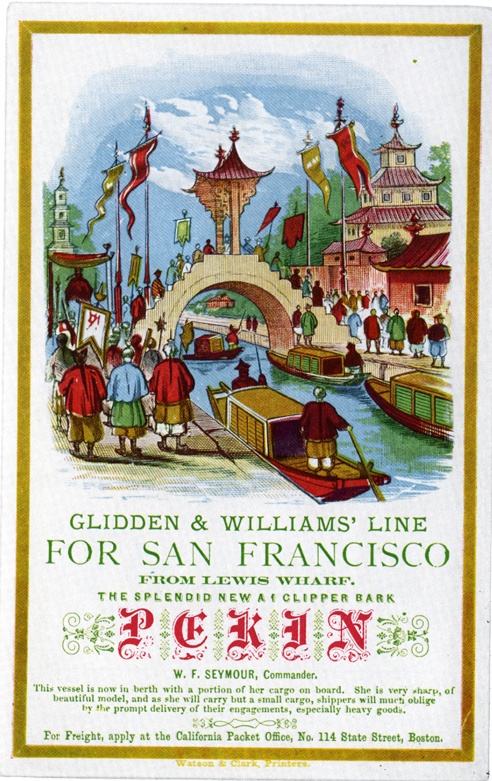 Upon arriving at the Golden Gate the ships that were fortunate enough to hang on to their crews, (not having them siphoned off by the siren song of gold-prospecting) often loaded shipments of hides and tallow for eastern ports in China and Japan: Hong Kong, Shanghai, Yokohama, and Fuzhou. From there they would pick up tea, and, under favorable monsoon winds, race it to London.
Upon arriving at the Golden Gate the ships that were fortunate enough to hang on to their crews, (not having them siphoned off by the siren song of gold-prospecting) often loaded shipments of hides and tallow for eastern ports in China and Japan: Hong Kong, Shanghai, Yokohama, and Fuzhou. From there they would pick up tea, and, under favorable monsoon winds, race it to London.
For the next five years American vessels consistently out sailed their British competitors in the tea trade, setting record times, and flummoxing British shipyards. These impressive early passages meant that American ships were given better shipping rates in Eastern ports, and thus made more money per voyage than their British competitors. This sweetened the pot and increased interest in the tea trade among American shipping companies.
While American California-clippers dominated the early days of the tea races, it did not take long for British shipping interests to even the score, building extreme clippers for themselves, maximizing sail area, hull design, and sailing routes for the fastest times, and reclaiming their crown as the fastest merchant service on earth.
American participation in the races eventually petered out as the American civil war diverted the ships for other purposes. The American Merchant Marine would never reclaim its position of dominance in the tea trade, yet it’s also likely true that the races would have never materialized in the first place if American vessels were not the first to post such fantastic times. National pride and competitiveness spurred shipping companies in both nations to develop the fastest sailing ships the world had yet known, setting some records that have yet to be broken.
For more information on California clippers, I would recommend you read To California By Sea by James P. Delgado.
Want to learn more about the world-famous tea clipper races? Follow Cutty Sark Log on Twitter!
Have a question or information to add to this topic? Please leave a comment below.
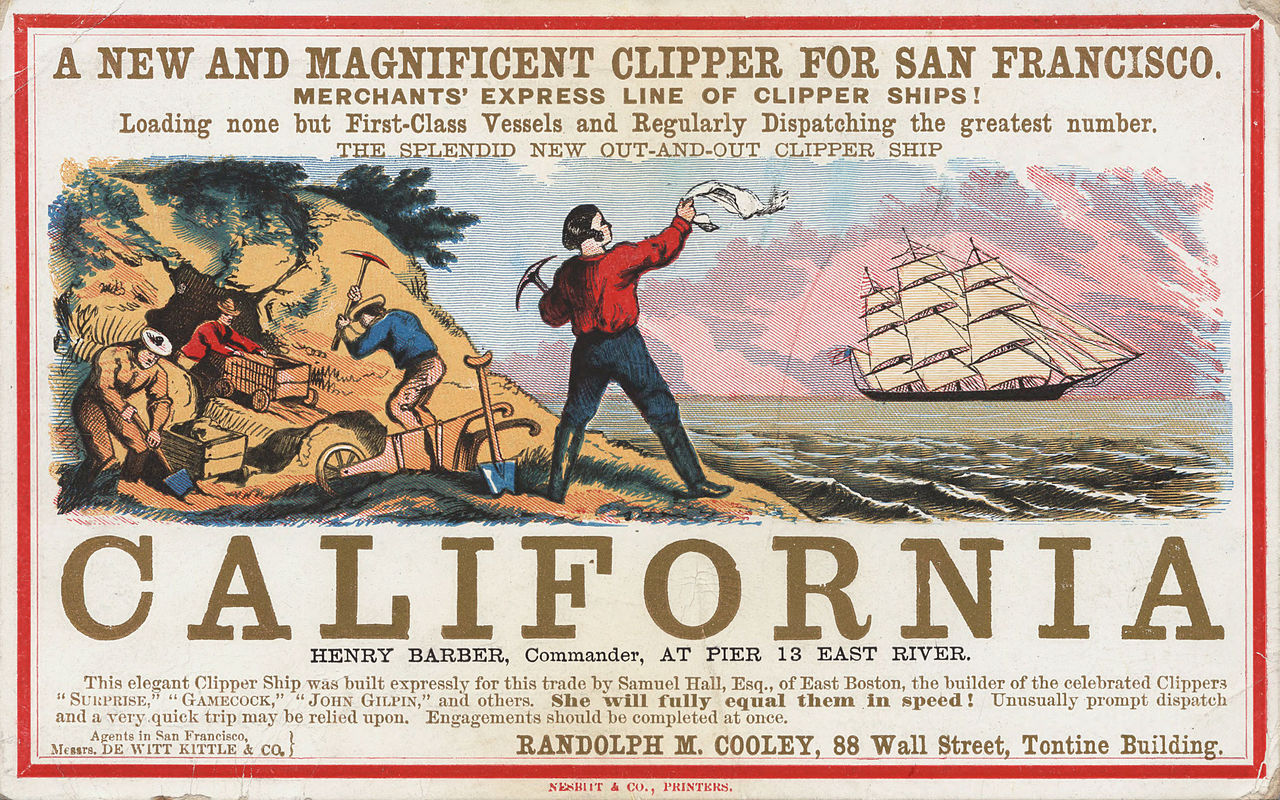

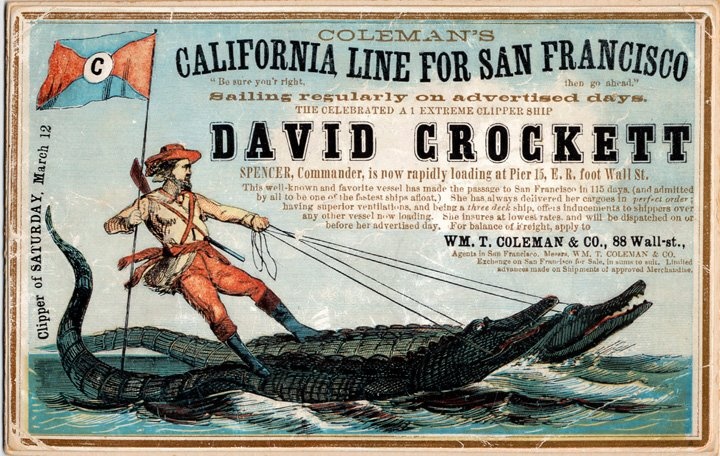
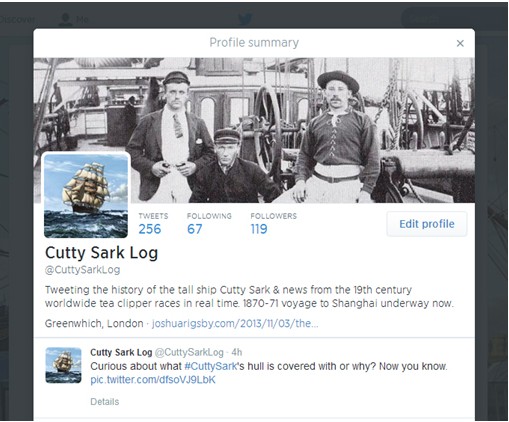
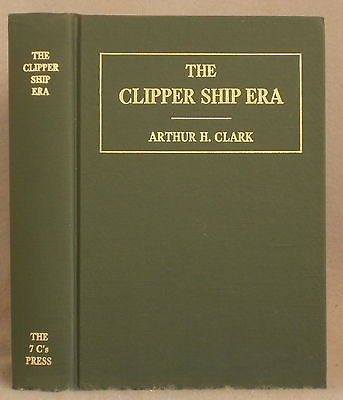
![Movie Review: In the Heart of the Sea [Part 2]](https://joshuarigsby.com/wp-content/uploads/2015/12/InThe-Heart-of-the-Sea-Movie-Poster.jpg)
![Book Review: In the Heart of the Sea [Part 1]](https://joshuarigsby.com/wp-content/uploads/2015/12/In-The-Heart-of-the-Sea-Cover.jpg)